3T-Community Neighborhood Development
The Community Neighborhood Development course provides guidelines for the planning and design of community neighborhood developments. Design principles and processes must be considered in community neighborhood development to promote safe and effective movement of all roadway users in the community. They must provide mobility for users, create a safe street for users, accommodate efficient movement of goods, promote access for emergency services, transit, waste management and delivery trucks and provide access to properties. Community neighborhood development consists of designers balancing the needs of through traffic, commercial areas, pubic areas and residential areas.
Course Description:- The Community Neighborhood Development course provides guidelines for the planning and design of community neighborhood developments. Design principles and processes must be considered in community neighborhood development to promote safe and effective movement of all roadway users in the community. They must provide mobility for users, create a safe street for users, accommodate efficient movement of goods, promote access for emergency services, transit, waste management and delivery trucks and provide access to properties. Community neighborhood development consists of designers balancing the needs of through traffic, commercial areas, pubic areas and residential areas. Traffic volume, trip characteristics, speed and level of service and other factors in the functional classification system relate to the mobility of motor vehicles must be integrated with the needs of bicyclists or pedestrians and consider the context of land use of the surrounding environment. The community roadway system is defined from high speed, low access to low speed, greater access. Definitions of the roadway types are provided to distinguish the differences between the functions of the roadway types. Parking and pedestrian crossings are discussed as they must be built into the community roadway system. The use of one-way streets is covered to identify how they can strategically be used in community neighborhood design to attain safer and move controlled travel. The different types of intersections are defined as they relate to traffic control in an ever-increasing usage of a roadway system.
Course Outline:- Community neighborhood development consists of designers balancing the needs of through traffic, commercial areas, pubic areas and residential areas. Traffic volume, trip characteristics, speed and level of service and other factors in the functional classification system relate to the mobility of motor vehicles must be integrated with the needs of bicyclists or pedestrians and consider the context of land use of the surrounding environment. Specific design principles and processes must be considered in community neighborhood development to promote safe and effective movement of all thoroughfare users in the community. They must provide mobility for users, create a safe street for users, accommodate efficient movement of goods, promote access for emergency services, transit, waste management and delivery trucks and provide access to properties. The community roadway system is defined from high speed, low access to low speed, greater access. Definitions of the roadway types are provided to distinguish the differences between the functions of the roadway types. Parking and pedestrian crossings are discussed as they must be built into the community roadway system. The use of one-way streets is covered to identify how they can strategically be used in community neighborhood design to attain safer and move controlled travel. The different types of intersections are defined as they relate to traffic control in an ever-increasing usage of a roadway system. The key to a well planned and designed community neighborhood development is to focus on both the safe and efficient movement of the traveling public. This course should have provided an engineer with techniques for the planning and design of community neighborhood developments.
| Learning Objectives | Learning Objectives General principles of thoroughfares are discussed Design principles as they relate to providing mobility for users, creating a safe street for users, accommodating movement of goods, providing access for large vehicles and providing access to Aproperties Design process is discussed as it relates to balancing the mobility of all users while maintaining the community neighborhood feel Community roadway system as it has evolved from the early 1900’s to now is covered Links and nodes are defined as they relate to the roadway connection system On street parking options for community neighborhood development are provided Pedestrian crossings as they relate to conflict points are broken into signal controlled pedestrian crossings, mid-block crossings and pedestrian overpasses Access management is discussed as there is a direct correlation between mobility and access One-way streets are discussed for possible inclusion in community neighborhood development Intersections are broken down into T-intersections, two way stop control, four way stop control, roundabout and signalized and how they can be integrated into community neighborhood development . |
|---|---|
| Contact Hours | 3 Horas |
| CIAPR courses | CURSO TECHNICO |
| Instructor | Debra Kennaugh, P.E. |
| Devices | Desktop, Tablet, Mobile |
| Language | English |
IACET ACCREDITED PROVIDER
|
Self Learning Solutions LLC is a company with more than 14 years of experience in this market. At Self Learning Solutions we are proud to have obtained the IACET accreditation for our organization, along with the approvals necessary to market our products throughout the United States. Self Learning Solutions is accredited by the International Association for Continuing Education and Training (IACET). Self Learning Solutions complies with the ANSI / IACET standard, which is recognized internationally as a standard of excellence in instructional practices. As a result of this accreditation, Self Learning Solutions is accredited to issue the CEU IACET. |
SLSTECH System Requirements
To run our system effectively you should, as a minimum, use the system components listed on this page. If you do not, the system may still work but some functionality may be lost. Workplace IT environments' internal configurations can also restrict the functionality of our system. Access to content may be affected, as may the possibility of uploading files. File size limitations may also apply. Workplaces may also have older versions of software, and our system may not perform well with these.
Operating system
-
Recommended: Windows 7, 10, Mac OSX Sierra, iPad IOS10
Internet speed
-
Use a broadband connection (256 Kbit/sec or faster—this will ensure that you can view videos and online presentations) through USB wireless modem, ADSL, T1/T2, fibre optic or cable.
-
Dial-up access will be significantly slower, and we do not recommend it for using our system.
Internet browsers
Compatible browsers include:
-
Google Chrome 32 bit version 50 or later (recommended for optimal compatibility, this has been thoroughly tested on Windows)
Safari 10 or later (recommended for optimal compatibility, this has been thoroughly tested on Mac)
Note that add-ons and toolbars can affect any browser's performance.
-
MS Internet Explorer is not recommended
Settings
We recommend that the following be enabled:
-
Cookies
-
Pop-ups (in both Internet browser and security software)
-
Javascript
-
We recommend that you use the latest version of Adobe Flash Player.
Software
-
We recommend that you use the latest version of Adobe Acrobat Reader.
-
To view all the resources uploaded to Hazmat Authority, you will probably need to have Microsoft Office (Word, Excel, PowerPoint) or an equivalent (e.g. Open Office, Viewer) installed.
Security
With all firewalls, ensure that you enable uploading of files.


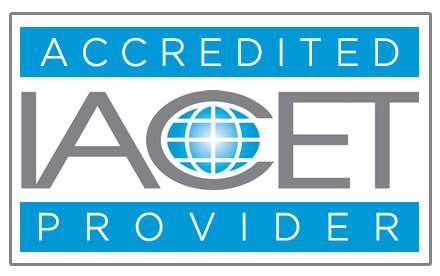








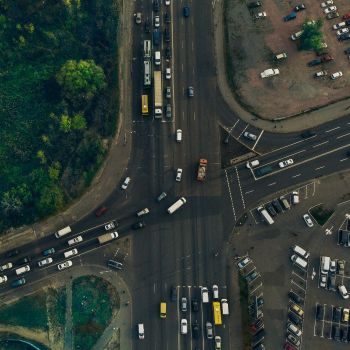

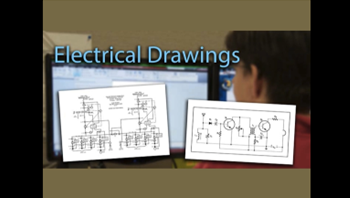

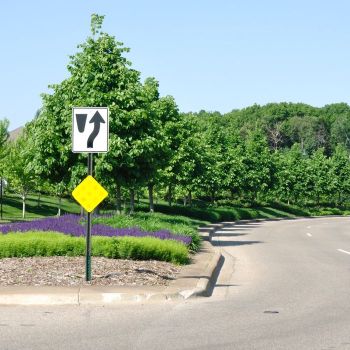
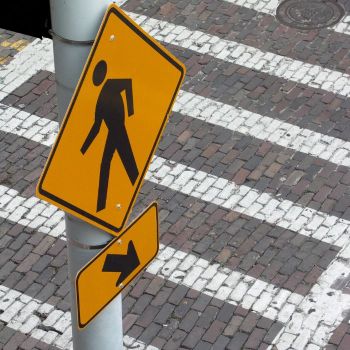
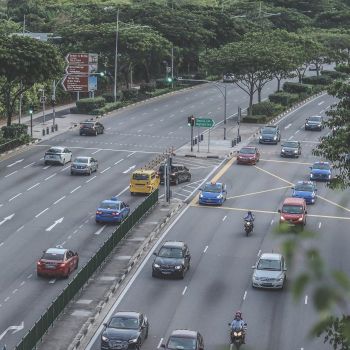
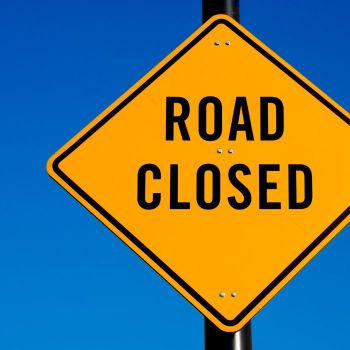

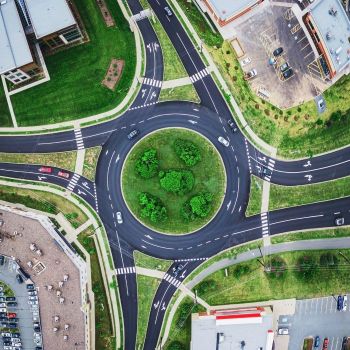




Validate your login
Sign In
Create New Account